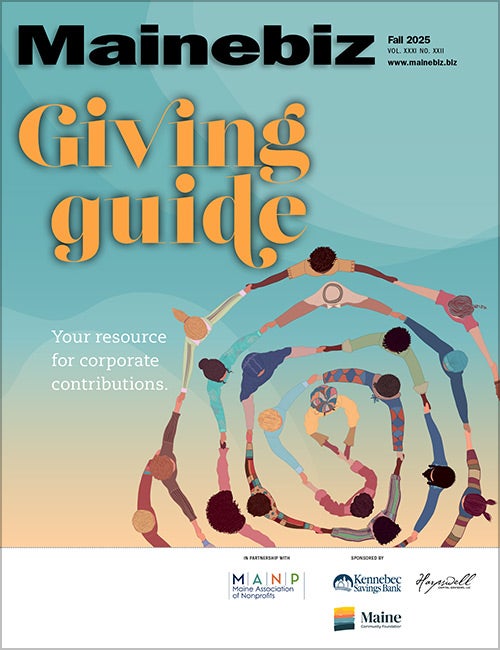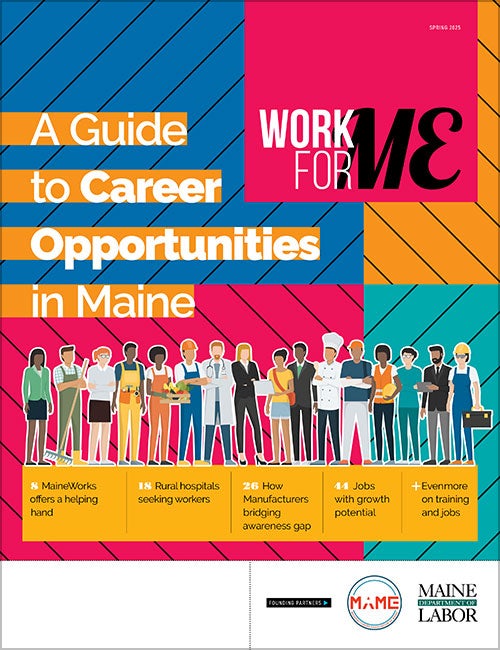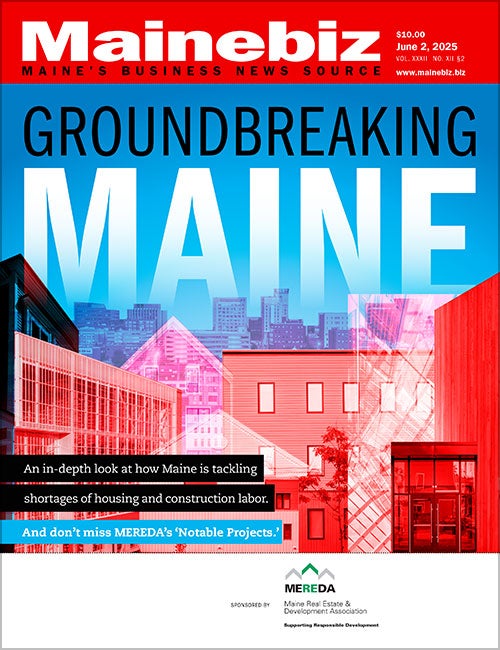
How to change careers in today's job market
In today’s rapidly changing job market, more professionals are considering a pivot into a new industry or role. Career changes are now common, and many people make multiple pivots over 30 to 40 years in the workforce. Some shifts are prompted by layoffs or shrinking demand; others stem from changing personal and professional priorities.

With AI and other forces reshaping the workforce, in-demand skills are evolving quickly. LinkedIn’s "Skills on the Rise 2025 Report:" predicts that 70% of skills used in most jobs will change by 2030.
Many of the fastest-growing skills in the U.S. are non-technical and transferable across industries, including conflict mitigation adaptability, innovative thinking and public speaking, according to the report.
For professionals considering a pivot, here are key steps and best practices.
Clarify your ‘why’ and vision
Align your values, motivators, and purpose before choosing a path. Identify non-negotiables (e.g., income, schedule, mission alignment) versus nice-to-haves (e.g., hybrid work, travel, on-the-job training).
Do your research
Understand the industries and roles you’re targeting, including the market outlook, skills in demand and pros and cons.
Ask for informational interviews with individuals experienced in your target industry, focusing on both day-to-day realities and the big picture.
Identify transferable skills and address skills gaps
Create a skills inventory of both technical and people skills. Note where gaps exist, then pursue training to close them. There are more training options for working professionals than ever before, so it’s worth investigating options thoroughly.
Adopt a growth mindset
Don’t be afraid to become a beginner again. Mid-career pivots may require sacrifices such as starting in a lower-level role, but the long-term payoff — financial and personal — can be worth it. Research shows that lifelong learning also supports brain health as we age.
Rebrand strategically
Update your résumé and LinkedIn profile to reflect your future direction, not just your current title. Use keywords from target job postings and tailor your summary to show the throughline between past experience and new goals.
Ask for help
Leverage your network, including mentors, colleagues, friends and family. Identify professional champions who know your value and can connect or advocate for you. Join professional associations in your target field and attend their events. Consider working with a career coach for personalized guidance.
Plan the transition
If you’re employed, consider a side hustle or project work to test a new path before committing. Temporary or freelance roles can help you build credibility without years of direct experience.
Cultivate resilience
Expect ups and downs. Transitions are rarely linear, but setbacks build adaptability, one of the traits most valued in the workforce. Viewing challenges as growth opportunities will help sustain you through the process.
Execute your plan
Frame accomplishments with specific, quantifiable results. “Led a sales team of 10 and grew revenue 55% in three years” is more compelling than “managed 10 direct reports.” In interviews, use storytelling to connect prior skills to new roles and emphasize how you can solve the employer’s current challenges.
Never stop learning
In your new role, keep networking, stay current on industry trends and embrace the learning that comes with onboarding. Curiosity and continuous improvement fuel long-term professional growth.
Final thoughts
Many professionals are re-evaluating their priorities and want careers that better reflect them. With clear goals, intentional planning, and the right support, you can make a successful pivot that aligns with your values and leads to long-term satisfaction and growth.









0 Comments